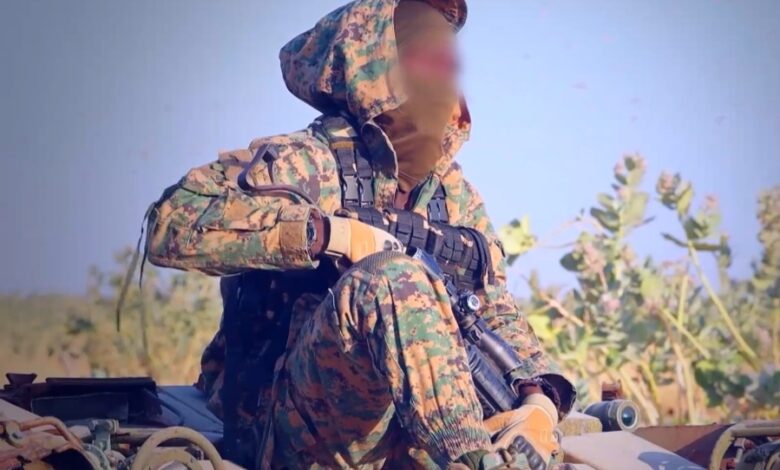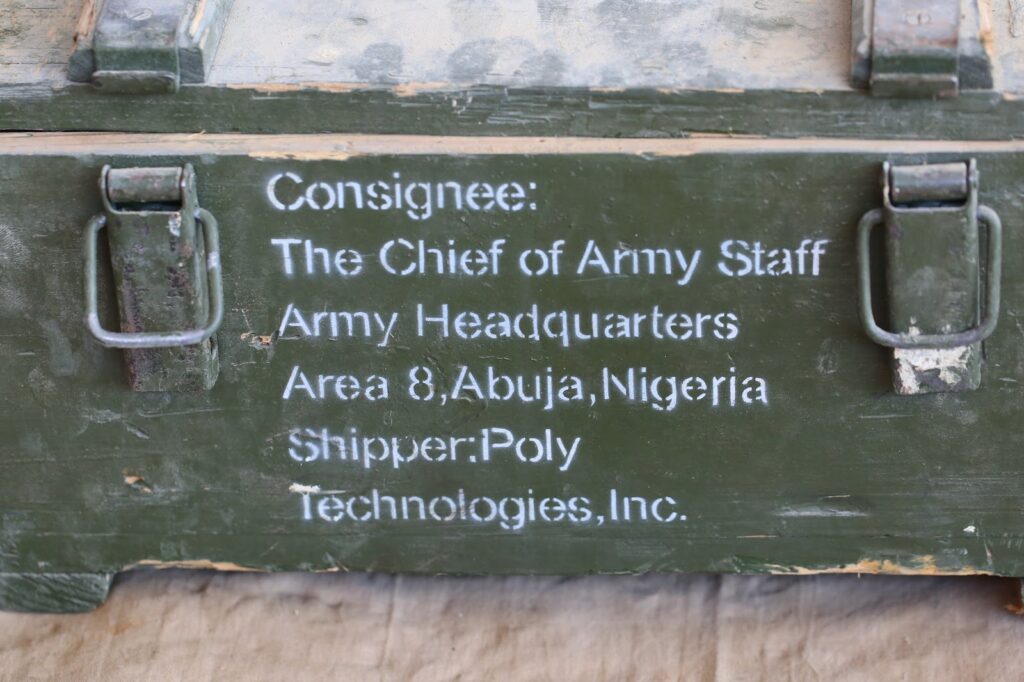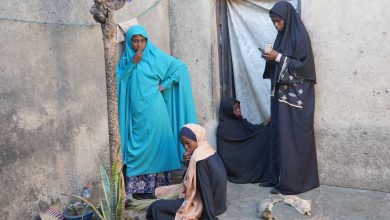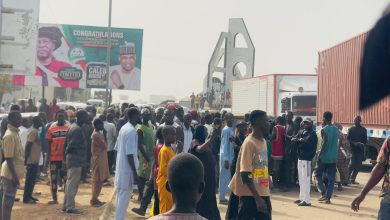Lake Chad: A Large Part Of Insurgents’ Weaponry Are From Regional State Arsenals
The frequent loss of vehicles and weapons belonging to the security forces in the Lake Chad region and irregular arms movement play critical roles in sustaining the 13-year-old conflict.

A significant amount of the vehicles, arms, and ammunition in the inventory of Boko Haram and the rival Islamic State West Africa (ISWAP) were originally in the stockpile of the national forces of the four Lake Chad Basin member states battling the prolonged insurgency.
Over the years, military seizures during operations and propaganda materials from the insurgent groups have provided some insight into the types and sources of lethal equipment fueling the 13-year-old conflict. More information was recently provided by a report from the Conflict Armament Research (CAR).
What propaganda materials tell us
The propaganda materials disseminated by ISWAP and Boko Haram are designed to pass messages about their offensive capabilities and battlefield exploits. For researchers, this serves as a window into the groups’ weapons and vehicle inventories.
In June, the Islamic State released ISWAP’s 39 minutes long video containing ideological messages and showing the group’s soci0-economic activities, including the hisbah enforcement and distribution of Zakat. This is in addition to clips showing large-scale attacks on military units, the capture of weapons, and an insurgent dressed in a distinct camouflage used by a Nigerian Special Forces unit while holding an ex-Chadian Galil ACE 32 rifle.
The video shows insurgents using a wide range of weapons, including heavy machine guns (HMG) mounted on pickup trucks, to dislodge a base. It appears to have been filmed in June 2021 in the Bama area of central Borno, after the conquest of Sambisa and the absorption of some Boko Haram insurgents. ISWAP looted several weapons, including AK pattern and FN FAL rifles, rocket-propelled grenades (RPG-7), ammunition, projectiles, and what was likely an SPG-9 recoilless gun. A Panhard VBL vehicle with an HMG was also captured.
Last year, HumAngle documented and analysed the trend of weapon losses between January and August. The report covered military seizures, including several Soviet-designed NSV and DShK HMGs, Chinese-designed W-85, and Type 85 HMGs, usually mounted on trucks as anti-personnel and anti-aircraft weapons. It also tracked ISWAP’s media display of light and heavy weapons captured from the Army, Police, and Civilian Joint Task Force (CJTF), alongside vehicles; stripped, destroyed, or stolen after attacks.
ISWAP usually reuses pickup trucks seized in raids, while armoured vehicles are either reused or stripped to fabricate armoured vehicles. The Nigerian military has often encountered these vehicles; for instance, the military destroyed an ex-Nigerian Army Fv103 spartan tracked armoured carrier used in a February attack. In November, it seized an improvised armoured carrier fabricated using armour from a Panhard VBL vehicle.
In January, HumAngle documented the presence of Zastava M21 rifles most likely captured from Cameroonian security forces and a rare ex-Nigerian Army M-60 machine gun with Boko Haram insurgents.

At least 17 per cent of the weapons documented by CAR investigators were diverted from the custody of the authorities in three countries, Chad, Niger, and Nigeria, which analysed illicit weapons and ammunition recovered in the Niger Republic from the insurgent groups.
The report stated that 14 per cent were probably diverted from the national arsenals of Libya, Morocco, and Rwanda, while 11 per cent were manufactured in the North African countries of Algeria and Egypt. More than 23 per cent of the documented ammunition was said to have originated from Nigerian stockpiles.
The insurgent groups were also reported to have “acquired a significant proportion of their weaponry opportunistically and within their area of operation, including through battlefield capture and raids on military and security force outposts, mainly between 2013 and 2019”.
An example of a weapon from the sample originating from the Nigerian military was a Serbian-manufactured Scorpion handgun with the serial number 16149 seized in July 2019 and traced to a consignment exported to the Navy in March 2014. Similarly, an Air Force FN MAG general-purpose machine gun with the marking NAFMG-0242 was documented.
Other samples included two Chinese Type 56 assault rifles with serial numbers 5203280 and 5203051 and an SP COY 174BN inscription, indicating the weapons belonged to a company of the Army’s 174th Battalion with a home base in the coastal city of Lagos. The unit served combat tours in the Northeast, suffering a major setback in 2014 after their base in the Abadam area of northern Borno was dislodged.
Part of the weapons reviewed by the investigators were French SG 542 and Israeli Galil assault rifles of Chadian origin.
The weapons profile of the insurgent groups spotlights the importance of protecting bases and preventing the loss of lethal equipment belonging to security forces. This approach, alongside blocking illicit transnational arms flow, could diminish the fighting capabilities of the groups.
It also helps prevent having to restock the equipment destroyed and captured during military operations, such as the ongoing offensive in the region.
Support Our Journalism
There are millions of ordinary people affected by conflict in Africa whose stories are missing in the mainstream media. HumAngle is determined to tell those challenging and under-reported stories, hoping that the people impacted by these conflicts will find the safety and security they deserve.
To ensure that we continue to provide public service coverage, we have a small favour to ask you. We want you to be part of our journalistic endeavour by contributing a token to us.
Your donation will further promote a robust, free, and independent media.
Donate HereStay Closer To The Stories That Matter




